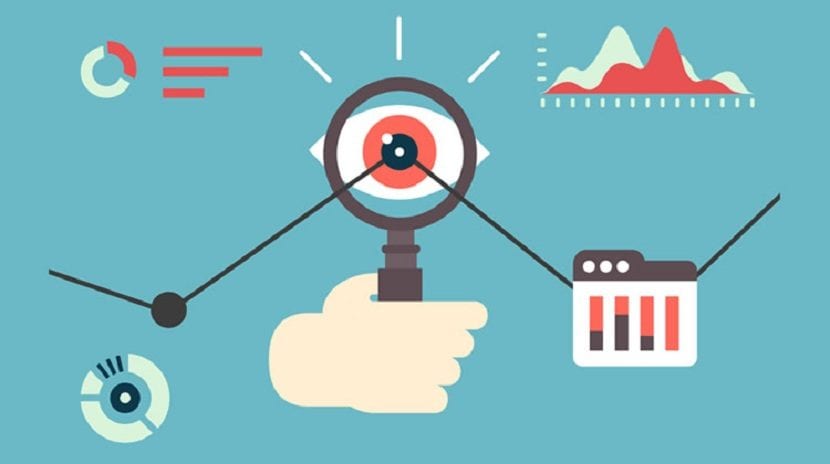
The main learning objective is simply based on what you want the designer to learn by the time you have finished training.
If there is any proof, the questions in it should be specifically focused on him or the objectives. Using this approach is actually very useful to establish whether or not a design has passed the usability test.
Test criteria

If you work in graphic design and impart knowledge to new students in this incredible sector, we are going to give you some advice and that is to perform usability tests, something that will come in handy in the future.
In usability testing, you need to be able to see how participants manage to complete the tasks indicatedHowever, what should they really do? How can you find out what they have actually learned? The answer is simple, they must describe it and when they have explained it exactly, you can say with certainty which aspect of the design was really successful and thanks to the success criteria you will be able to establish if the design is actually a successful design.
Success criteria

The book titled Rapid Instructional Design by George Piskurich, gives you access to a quite practical list, where the behaviors necessary to start with your success criteria.
An example of this is the comprehension objectives, which could be "demonstrate" or "detail" and in this case, it is not enough just to "understand"Instead, it is necessary for the designer to say, "that is," what detail or to do what is the same to demonstrate, in order to demonstrate that he has actually understood it.
And then, on a higher level of obstacles, the designer will have to manage to explain or organize what at a higher level would be basically “design” or “assess”. Regardless of which method you decide to use to begin with your success criteria, you should be able to observe if any of the participants have said or done what they support the success of your task.
So when you plan the next usability test and are focused on the tasks, you can start by asking something like: «¿what should a user be able to do when having a certain design?
At the end of the session, designers should have the ability to:
- Follow up for at least 3 hours for a specific project.
- Create an invoice for a customer based on follow-up time.
- Describe the differences between the registration time and the follow-up time.
By having these 3 success criteria, you have a base which allows you to have a much clearer sense about the type of tasks that you should give to users.
Task: A task that you can give to the participants is the following: "Now that you have already made a 3 hour registration to the Atlas project, you must show me how you would bill Acme Products based on your follow-up time.
Note: Success criteria are not treated the same as tasks, since the tasks have a greater context and this is because they have been written so that users can read them.
They may be very similar, however, the success criteria are for you, while the homework is for participants, within the context of the usability session.
You can see that one of the success criteria that we have named you above, is based on describing something specific, instead of having the participant complete a task. This is because it is a success criterion, which you could use to ask a follow-up question on an assignment.
This way you can make sure that the mental model of the design is clear enough For the users.
Thinking about this, we recommend that you start with your success criteria And then you start writing the tasks and follow-up questions, to be able to give the students the usability test.